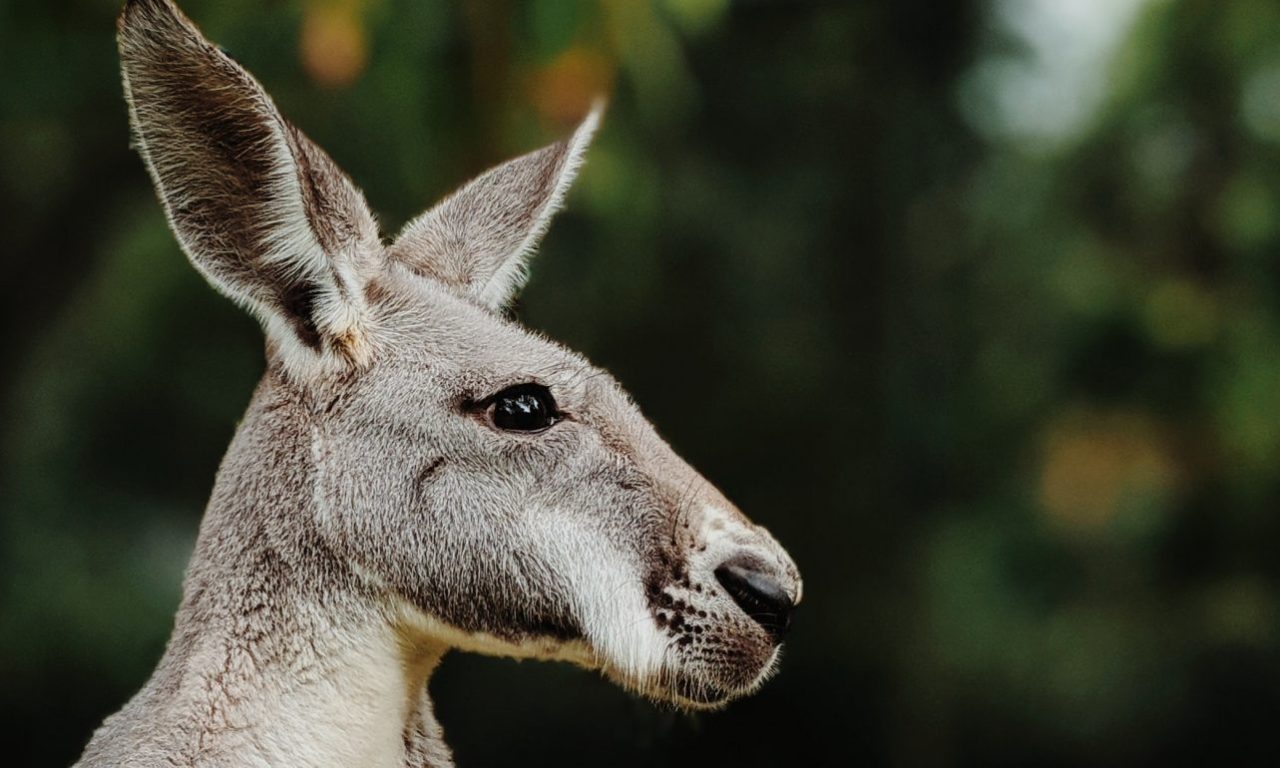One of the bugbears of the Australian capital market has been that the country has struggled to develop a meaningful corporate bond market: we’ve really only had one for five years, and the non-financial side of it is still pretty small, at about $50 billion.
But like many things that Australia wants, or need, we have got around that by importing one.
Foreign companies coming to Australia and issuing “kangaroo” bonds – denominated in A$ – is on the rise, attracted by the investor base and the massive amount of capital (driven by superannuation) looking for a home.
The A$ corporate debt market took off in August 2015, when Apple tapped the Australian bond market for $2.25 billion worth of bonds, the largest issue ever by an international company.
It was a win-win scenario. Apple got to diversify its funding base further away from US$ and partially hedge its sales revenue in Australia; local investors got to diversify their risk into a high-quality company not directly exposed to the Australian banking system (Apple was at the time one of the few non-bank companies rated AA+ by S&P). Since then, the likes of Coca-Cola, McDonald’s, General Motors, Vodafone, Intel, and SAB Miller (now owned by AB InBev) have all sold kangaroo bonds.
The kangaroo issues provide foreign issuers with access to another capital market, outside of their own, as a way of diversifying their investor base and potentially reducing their borrowing costs.
For investors, investment-grade Australian-dollar corporate bonds can be seen as a potentially safer and more rewarding alternative to risky or foreign bond markets, generating an attractive return with a lot less volatility and risk than other credit assets.
That is part of the philosophy behind the Artesian Corporate Bond Fund, offered by Australian-based alternative investment management firm Artesian. The $400 million firm was founded in 2004, has offices in the US, UK, China, Singapore and Australia and employs 36 staff across its venture capital, fixed income and credit capacities.
The Artesian Corporate Bond Fund does not only invest in kangaroo issues – it holds a diversified portfolio of liquid, investment-grade fixed- and floating-rate A$ corporate bonds – but it certainly makes use of the growing population of ‘roos to offer what is, overall, a safer alternative to many of the assets that fall under the “credit” description in Australia. The fund seeks to deliver investors a return that equates to the Reserve Bank of Australia (RBA) cash rate plus 2.75%, net of fees.
It does this through actively managing a portfolio invested mainly in high-quality, senior, investment-grade bonds, typically rated A or higher. The Artesian Corporate Bond Fund does not track an index, and seeks to generate outperformance through identifying relative value opportunities. These come in the form of the perceived mispricing of credit risk or yield premiums over government bonds.
Foreign bond issuers are limited to 50% of the portfolio. The managers currently prefer floating-rate issues – not surprising, in light of interest rates sitting at all-time lows – and these make up 50%–60% of the portfolio. The fund is required to invest at least 90% of funds not held in cash in investment-grade debt, and a maximum of 55% into the financial sector, which dominates the A$ bond market. Other portfolio limits are fixed-rate bonds at 70% of the portfolio; subordinated debt at 25%; and ASX-listed hybrids at 10%.
The upshot is a highly diversified portfolio with about 49% currently allocated to financials, 12% to transportation, 8% to utilities and 7% in cash. At present, 57% of the portfolio is invested in floating-rate securities, 71% of which are rated A or above. The portfolio has interest rate duration of just 0.57, which means a 1% increase in interest rates would result in a capital loss of just 0.57%. The fund has performed well since inception, delivering a return of 3.73% a year, after fees, since inception in February 2017; but it was not immune from the March selldown, falling 3% in March. However, the fund recovered quickly as it became apparent that the market was reacting to short-term concerns.
The reason why we like the fund is that it has unique attributes.
Interest rates around the world have gravitated towards zero as Central Bank resorted to quantitative easing and direct market intervention policies to minimise the impacts of the worst recession since the Great Depression. With most highly rated government bonds now offering yields below 1% for maturities as long as 10 years, it is becoming evident that a traditional approach to investing in bonds, which relied on interest payments as the key source of income and ever lower rates to generate capital gains, has gone. The issue is that the majority of traditional bond managers follow passive indices or benchmarks, which now carry duration of up to seven to ten years.
Why is this important? Duration of seven years means that today’s bond investor will experience a capital loss of 7% for any 1% increase in global bond rates (not central bank cash rates). This is clearly not a great outcome! Instead, the Artesian team targets duration at a maximum of 3.5 years.
There are very few short-duration bond strategies available in Australia, with Artesian one of the few focused solely on investment-grade corporates and offering exposure to global companies issuing bonds in Australia.


